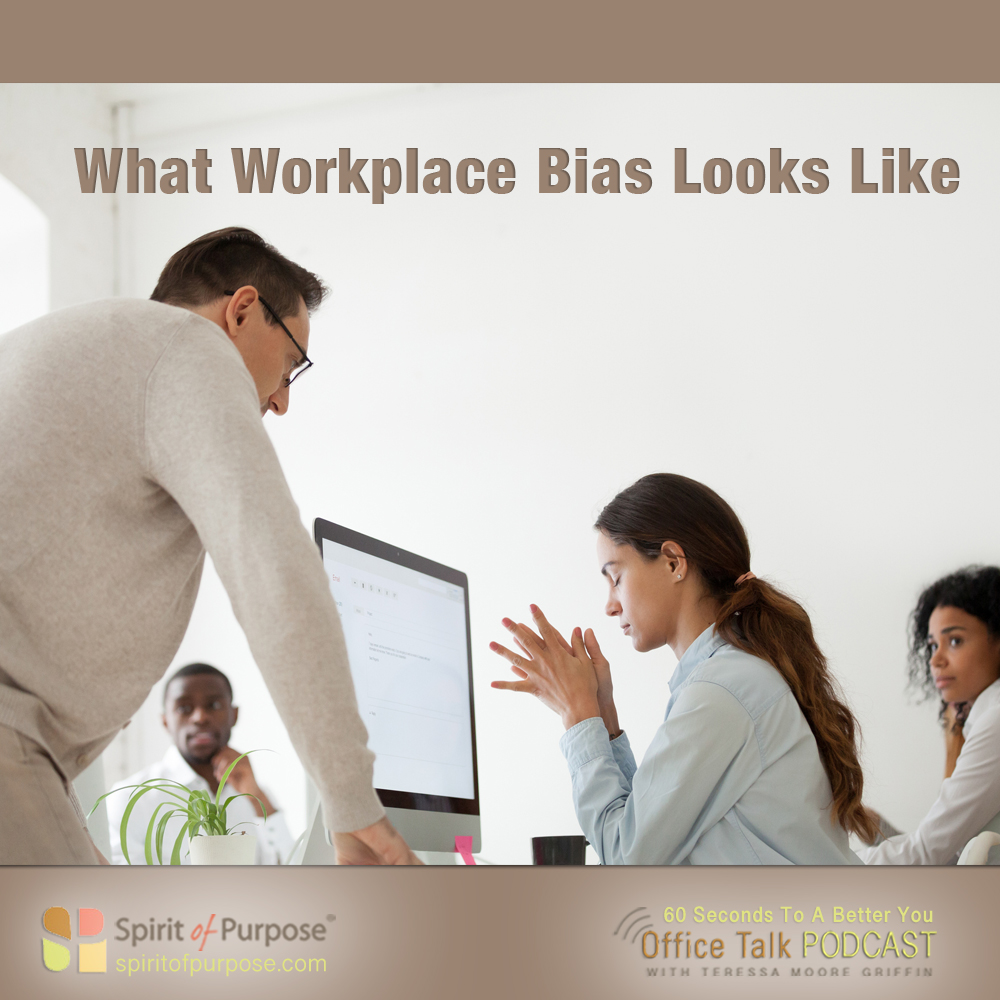PODCAST: How Workplace Bias Plays Out
Studies have shown that well-managed, diverse teams outperform homogenous teams. But, even companies with the best intentions struggle to create the inclusive workforces they say they seek. Since bias in recruitment, selection and development is extremely hard to eliminate, HBR recommends interrupting it.
The first step is to understand how bias plays out in everyday workplace interactions. For example:
- When some people have to prove themselves more than others.
- Or when there’s a narrower range of acceptable behavior for non-dominant group members.
- It’s when a woman’s commitment or competence is questioned if she has children.
- And when people from non-dominant groups find themselves pitted against one another because some assimilate and others refuse to do so.
Leaders who want to benefit from diversity and inclusion must be aware of the dynamics of bias and deliberate about creating change.


